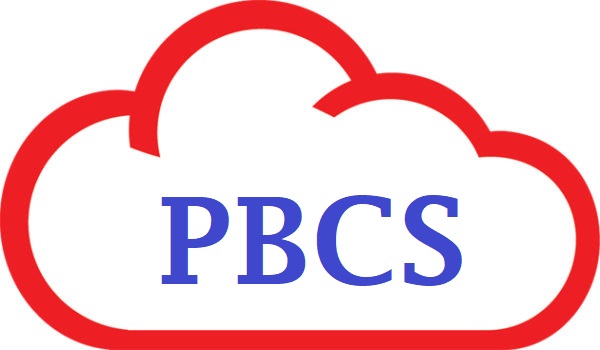In the domain of financial planning and analysis, precise forecasting and trend analysis are paramount. Oracle’s Planning and Budgeting Cloud Service (PBCS) is equipped with a range of powerful calculation functions, including “@GROWTH”. This function enables users to project future values based on historical data, facilitating accurate financial modeling, trend identification, and data-driven decision-making.
Syntax of the “@GROWTH” Function
The syntax of the “@GROWTH” function in PBCS is:
@GROWTH(data_range, num_periods, forecast_periods, method)
- data_range: This refers to the historical data range that you want to base your growth projection on.
- num_periods: This parameter signifies the number of historical periods that the function will use for trend analysis.
- forecast_periods: It represents the number of future periods you want to project.
- method: Specifies the type of growth method to be employed, typically “linear” or “exponential”.
Applications of the “@GROWTH” Function in PBCS
- Trend Projection: The primary application of the “@GROWTH” function is to project future values based on historical trends. This is crucial for making accurate forecasts and identifying potential opportunities or risks.
- Budgeting and Planning: It is extensively used in financial planning processes to project future revenues, expenses, or any other financial metric.
- Sales Forecasting: Businesses often employ this function to project future sales figures based on historical sales data, helping them allocate resources and plan strategies.
- Inventory Management: For businesses dealing with inventory, this function can be used to forecast future inventory levels, aiding in procurement and logistics planning.
Examples of “@GROWTH” Function Usage
Let’s delve into practical examples to illustrate how the “@GROWTH” function can be applied:
Example 1: Linear Growth Projection
Suppose you have sales data for the past 12 months and want to project the next 6 months using a linear growth method. The function call would be:
@GROWTH(Sales[Jan:Dec], 12, 6, "linear")
Example 2: Exponential Growth Projection
For a scenario where you’re projecting user acquisition for an app with exponential growth, you might use the following function:
@GROWTH(UserAcquisition[Jan:Dec], 12, 6, "exponential")
Example 3: Revenue Forecasting
Imagine you’re tasked with forecasting quarterly revenue for the next year based on the last 8 quarters of sales data. The function call could be:
@GROWTH(Sales[Q1 2022:Q2 2023], 8, 4, "linear")
Best Practices and Considerations
- Data Quality: Ensure that the historical data used for the “@GROWTH” function is accurate and reliable, as the accuracy of projections heavily depends on the quality of the input data.
- Method Selection: Choose between “linear” and “exponential” growth methods based on the nature of the data and the underlying business model. Linear growth is steady and gradual, while exponential growth implies accelerating growth rates.
- Period Selection: The number of historical periods used for analysis should be appropriate for the specific context. Too few periods might not capture the trend accurately, while too many could dilute the impact of recent changes.
- Sensitivity Analysis: Perform sensitivity analysis by using different sets of historical data or growth methods to understand potential variations in the projections.
Conclusion
The “@GROWTH” calculation function in Oracle’s PBCS is a powerful tool for projecting future values based on historical data. By understanding its syntax, applications, and best practices, financial professionals can leverage this function to make accurate forecasts, plan budgets, and make data-driven decisions that drive business success.
